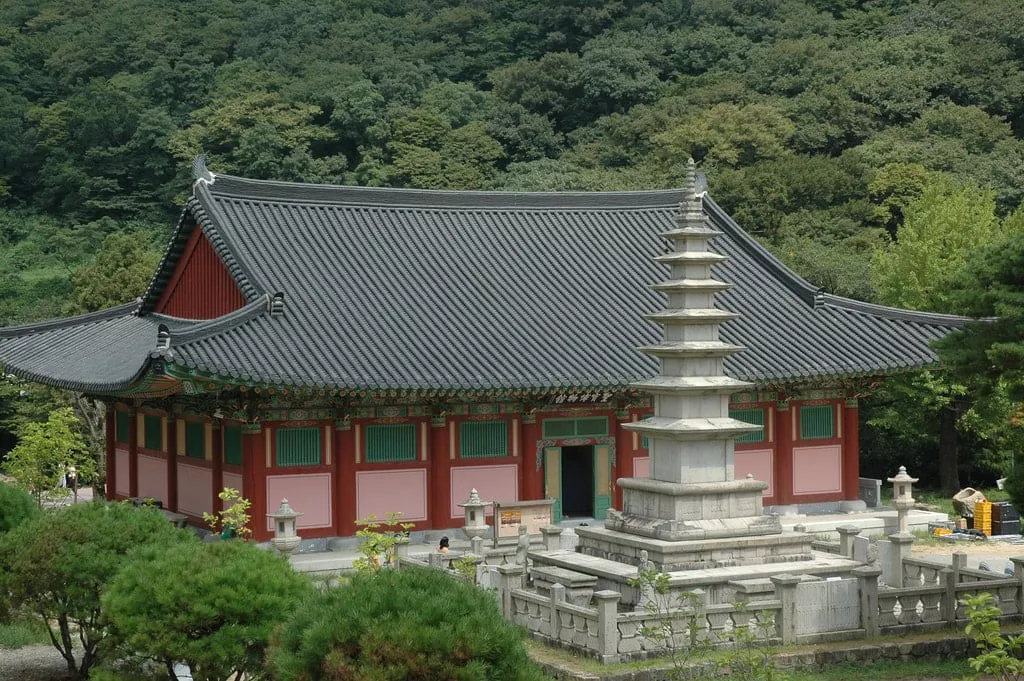“Sinicization of Tibetan Buddhism is not only an internal requirement for the religion itself to achieve long-term and healthy development, but also an inevitable choice to actively adapt to the new era and keep pace with the times.” During this year’s National Two Sessions, Dazha Ga Rang Tobdan Laxi Jiangcuo, member of the CPPCC, president of the Buddhist Association of Aba Prefecture, Sichuan Province, and Living Buddha of Dazha Temple in Ruoergai County, said in an exclusive interview with China News Service in Beijing.
Dazha introduced that in the 7th century AD, Buddhism was introduced to Tibet from ancient India and the Central Plains. After absorbing local Tibetan cultural elements, it gradually formed a unique Tibetan Buddhist system. Tibetan Buddhism is closely connected and integrated with China’s historical development, cultural context and social form. The core concepts it advocates are highly consistent with the philosophical thoughts in the excellent traditional Chinese culture in terms of connotation, which has laid the foundation for the Sinicization of Tibetan Buddhism.
According to Dazha, temples in Sichuan’s Tibetan-related areas have always actively promoted the Sinicization of Tibetan Buddhism. Especially in recent years, in terms of education, temples and Buddhist colleges in various places not only impart Buddhist knowledge, but also regularly organize monks to learn national policies and laws and regulations, integrate the content of excellent traditional Chinese culture into the curriculum, and cultivate a group of monks who are familiar with religious knowledge and policies, regulations and traditional culture.
In terms of theoretical research, Tibetan Buddhist scholars, based on religious classics and doctrines, carry out discussions, exchanges, lectures, and writing books, dig out the content of Tibetan Buddhist classics that is integrated with excellent traditional Chinese culture, and guide believers to properly handle the relationship between tradition and the times. For example, Aba Prefecture, Sichuan Province, produced and broadcast “oral history” feature films such as famous Tibetan scholars and eminent monks Maoergai Sangmudan, which inspired the endogenous motivation of religious people to love the country and religion, abide by the law and keep the precepts.
In terms of social practice, Tibetan Buddhist people actively participate in social welfare undertakings and cultural exchange activities to maintain national unity. Daza Temple in Ruoergai County built Daza Academy based on the model of traditional Chinese academies, which has a collection of more than 100,000 Chinese and Tibetan books on culture, medicine, history, politics, law, etc., and is open to the public.
Dazha believes that the Sinicization of Tibetan Buddhism has multiple values: it not only promotes the harmonious coexistence of religion and society, but also promotes the inheritance and development of China’s excellent traditional culture.
“We will always adhere to the direction of Sinicization of Tibetan Buddhism.” Dazha said that the first is to enhance national consciousness, civic consciousness, and legal consciousness to ensure that all religious activities are carried out within the scope of laws and regulations; the second is to explore the essence of traditional culture and innovate in accordance with the requirements of the times; the third is to promote Tibetan Buddhism to modern society, participate in ecological protection, social welfare and other activities, and encourage the younger generation of Tibetan Buddhist clergy to learn modern science and technology and cultural knowledge; the fourth is to promote cultural exchanges between Tibetan Buddhism and other religions and enhance mutual understanding and respect among religions.

